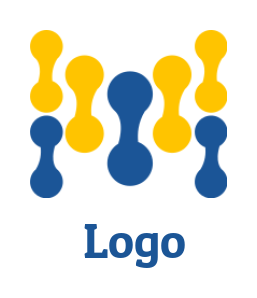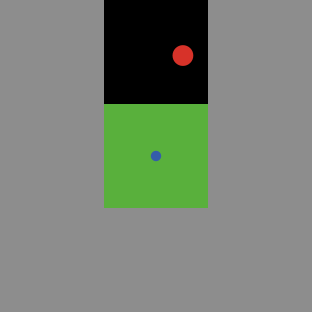

Try to name your procedures so that they "read" easily in your code. If there is not a clear singular form of the breed name, prefix it with " a-".Įvery Boolean (true/false) variable and reporter (and switch) should have a name ending in a question mark, like this: grow-grass?. Breed namesīreed declarations require both a plural form and a singular form. So if it is an accepted abbreviation, it's fine. For instance, in the library model Climate Change, infrared rays and carbon dioxide are abbreviated respectively IRs, and CO2s. We only allow use of capital letters if it is accepted abbreviations. Name variables like this: leopard-spot-count, and not like leopardspotcount or leopardSpotCount or leopard_spot_count.
#HEADING NETLOGO HOW TO#
Ideally, all of the code in every model in the Models Library should be technically, stylistically, and visually exemplary, because looking at our models is one of the main ways that NetLogo users learn how to code and learn what good code looks like.īelow are a lot of specific dos and don'ts for NetLogo code, but it's not an exhaustive list. The Models Library lives by a slightly stricter Code (pun intended) in that each model should also be a good code example since users use our models both to learn how to program and as templates for their own new models. The code must be "efficient" and functional, but it should also be readable to someone who wants to know what the exact rules of the model are. Plot(1:100,avg4,type="l", ylim=c(0,3.NetLogo code has multiple purposes.

Xlab="time",ylab="Exposure", main="Group 3") Xlab="time",ylab="Exposure", main="Group 2") Xlab="time",ylab="Exposure", main="Group 1")

# along with an average value for each group # This plots the cumulative expusure for each agent in each group # from each agent in each group at each cycleĮxp1<- NLGetAgentSet("exposure","turtles with ")Įxp2<- NLGetAgentSet("exposure","turtles with ")Įxp3<- NLGetAgentSet("exposure","turtles with ")Įxp4<- NLGetAgentSet("exposure","turtles with ") # this loop runs the NetLogo Program over 100 cycles collecting the exposure # Now we need to set up some dataframes to store the arsenic exposure # and the maximum distance from home the agents are allowed to move # This part sets up the model setting the number of turtles at each site # now get the file path for the model we ant to run NLStart(nl.path,gui=TRUE, nl.obj=NULL, is3d=FALSE) Nl.path <-"C:/Program Files/NetLogo 5.3/app" # this part starts up the NetLogo language R Script for the NetLogo Northampton Model Let max-elevation gis:maximum-of elevation-dataset

Let min-elevation gis:minimum-of elevation-dataset Gis:apply-raster elevation-dataset elevation Set elevation-dataset gis:load-dataset "C:/Users/mrca/My Documents/Nthpton_As.asc" British Geological Survey Internal Report, OR/16/022. Agent Based Modelling: Initial assessment for use on soil bioaccessibility. Beriro, D, Cave, M, Wragg, J and Hughes, A.


 0 kommentar(er)
0 kommentar(er)
